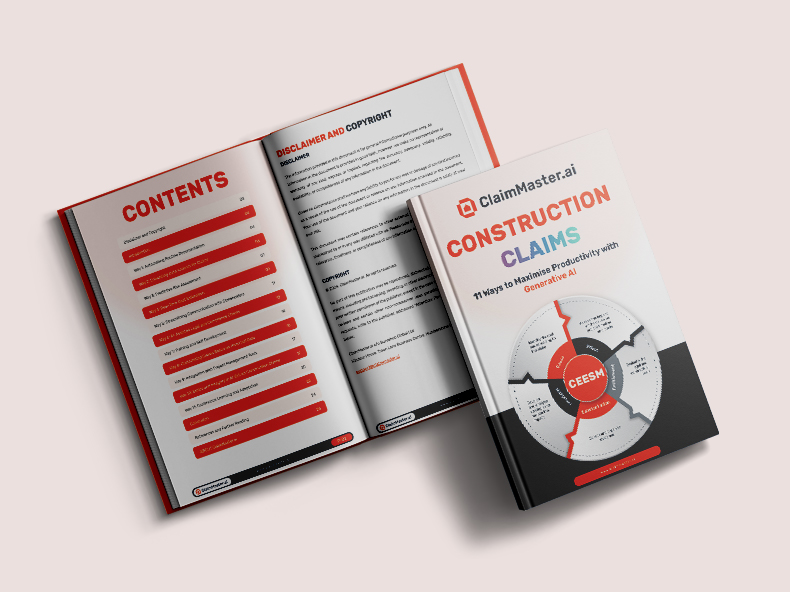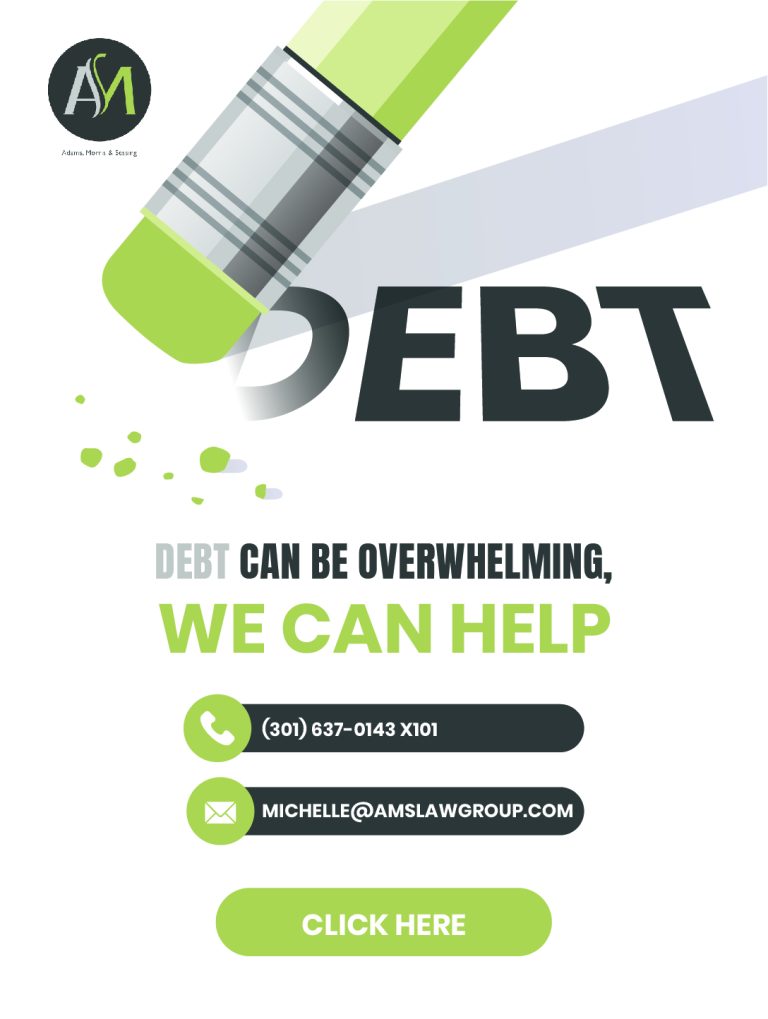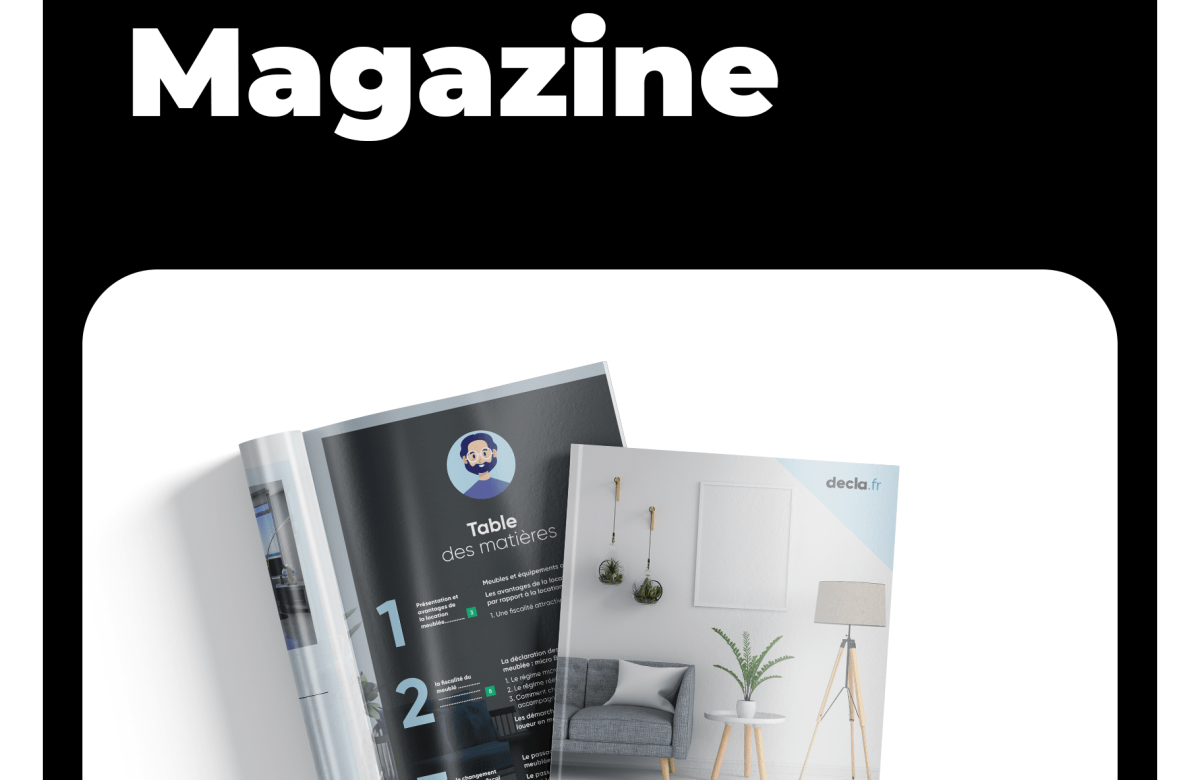
Mastering Magazine Design with Ideahits
Magazine design is both an art and a science. A well-designed magazine doesn’t just showcase content—it captivates, communicates, and keeps readers engaged for hours. Whether you’re a creative, a designer, or a publisher, understanding how to effectively design a magazine can bring your vision to life and elevate your brand.
If you’re looking to create designs that truly stand out, Ideahits is the tool you need. Its features and intuitive interface make it the go-to platform for professionals and beginners alike. Today, we’ll explore how to harness its full potential through a mix of smart tips, steps, and real-world examples.
Why Magazine Design Matters
Design is more than aesthetics—it’s how a magazine delivers its message and inspires its readers. From visually striking covers to layouts that elegantly balance text and visuals, good design sets the tone for the magazine as a product. Done right, it can:
- Enhance readability and user experience.
- Build brand identity and recognition.
- Capture and retain audience attention.
- Inspire trust and credibility in content.
That’s why every creative needs the right tools to streamline the process. Enter Ideahits.
What is Ideahits?
Think of Ideahits as your co-pilot for magazine design. This robust platform helps create sophisticated, high-quality layouts, even for those with minimal design experience. With its intuitive design interface and professional-grade features, Ideahits equips you with everything you’ll need to bring your magazine concepts to life.
Whether you need minimalist layouts for fashion editorials, creative spreads for an art magazine, or practical designs for industry publications, Ideahits has the tools, flexibility, and templates to meet your needs.
Editor Design
This is the traditional magazine design, focusing on the layout of articles, images, and text. It often includes well-structured grids, typography, and emphasis on readability. Editorial design aims for a clean, professional look.
Fashion Magazine Design
Fashion magazines tend to have bold, visually striking layouts with a lot of high-quality imagery. The design often uses large photos and creative typography to showcase trends, designers, and models. Magazines like Vogue or Harper’s Bazaar are examples.
Lifestyle Magazine Design
These magazines focus on a range of topics from home décor to health, fitness, and relationships. The design tends to be modern and approachable with a lot of images, easy-to-read fonts, and clean layouts. Elle and Better Homes & Gardens are examples.
News Magazine Design
News magazines like Time or The Economist have a more straightforward and informative design. The layout often includes bold headlines, smaller sections with text, and an emphasis on clarity. It prioritizes delivering information effectively.
Art & Design Magazine Layout
Magazines like Creative Review or Juxtapoz focus on visual arts, design, and creativity. These layouts often break traditional design rules, incorporating experimental typography, vivid colors, and innovative layouts to match the artistic content.
Sports Magazine Design
Sports magazines like Sports Illustrated focus on high-energy design elements. The layouts feature dynamic images, action shots, and bold typography to capture the excitement of sports. They tend to have a masculine feel but can vary depending on the sport or audience.
Entertainment Magazine Design
These magazines, such as People or Us Weekly, often have bold cover designs with celebrity images, large fonts, and a focus on gossip and entertainment news. The layouts are visually driven to grab attention quickly.
Trade Magazine Design
These magazines are aimed at specific industries or professions, such as Architectural Digest or Wired. The design is often more specialized, with a focus on technical content, but still requires a polished, professional look to appeal to its target audience.


Where Creativity and Innovation Meet
Magazine design doesn’t have to be intimidating. With tools like Ideahits, there’s no limit to your creative potential—whether you’re crafting layouts for a global audience or publishing your local community zine.
Why wait? Unleash your creativity today and start designing professional-grade magazines with Ideahits. Sign up for free and see the difference it can make.




FAQs for our Magazine Design
Magazine design refers to the visual and aesthetic aspects of creating a magazine, including the layout, typography, color scheme, image selection, and overall style that communicates the magazine's content in an engaging way.
The magazine cover is incredibly important as it’s the first thing readers will see. It should be visually striking and provide a clear sense of what the issue is about. A well-designed cover can grab attention on newsstands or digital platforms, enticing readers to pick up the magazine.
Photography plays a central role in magazine design, particularly in visually-driven publications. It helps tell the story, adds interest, and supports the written content. High-quality, well-composed images are crucial for making the magazine more engaging and appealing.
The time it takes to design a magazine can vary based on its complexity, size, and resources. For a monthly magazine, the design process could take several weeks. However, for a more straightforward magazine with fewer pages, the process could take a few days to a week. This timeline includes layout creation, editing, and review stages.
Start your experience with ideahits
Company
ideahits.com
Feel free to reach out if you want to collaborate with us, or simply have a chat.
Portuguese
Follow Us
ideahits.com

